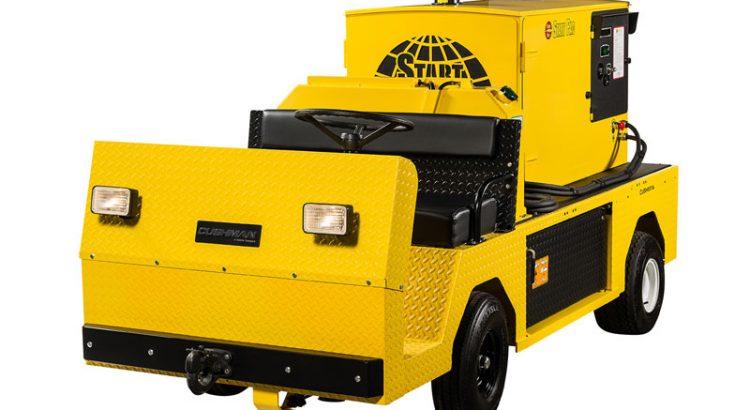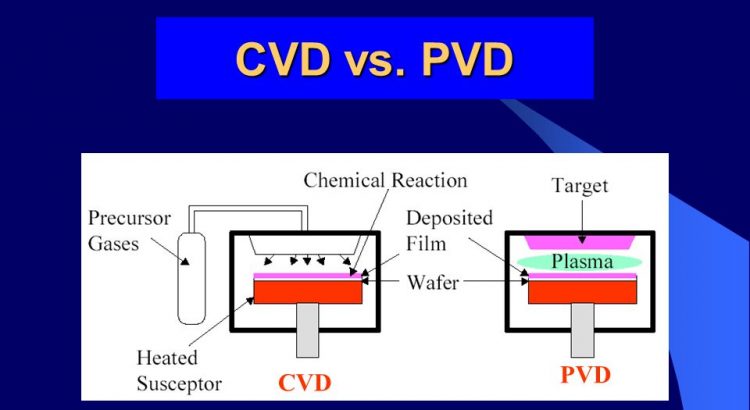Summary: New advancements and modalities are being implemented in GPUs. This is proving to be beneficial for maintenance purposes and environmental awareness.
Ground power units tend to come in a variety of shapes and sizes, depending on the model it’s designed to supply power to. These portable power supply units can either run on diesel fuel, electric, or incorporate both into a hybrid system. With technology rapidly advancing, new models continue to be pumped out at high volumes – meeting the demands of the ever-changing aviation industry. This article will demonstrate the core mechanics of diesel GPUs and how effective they are at supplying steady currents to aircrafts of all types.
Ground Power Generation
During the flight preparation phase, these 28 volt power supplies rely on diesel fuel to power their generators up. In turn, this allows the unit to essentially rev itself up to the necessary specifications it requires to provide optimal power to the aircraft. Most ground power units nowadays are taking environmental friendliness into account, due to the overwhelming amounts of expelled chemicals and pollution. Innovative diesel ground power units are portable, powerful, and produce massive amounts of electricity with a switch of a button. Additionally, users will find that they are becoming much sturdier and more durable as new models come out.
Serviceability
The new-age ground power generation batch of power supply units are showcasing their beneficial economic and alternator efficiencies. There are decreased maintenance costs, convenient serviceability factors and optimal development strategies. Your typical 28 volt battery pack encompasses more than just a basic system that power up an aircraft. As a matter of fact, these new diesel models are built to last the rough and engaging environment that they are being dragged around in. This is largely in part due to changes in designs. More powerful core frames are being introduced into GPUs which are allowing these units to withstand more damage from contact and handle long-term operation. Optimal power and a durable mechanism is what most maintenance users are looking to find in today’s models. Toss in lower noise levels, reduced fuel consumption, and increased alternator efficiencies, and you have a model that can take on a boatload of work without wearing down after a year’s worth of maintenance. This is revolutionizing the aviation industry and will continue to as the years progress and new technologies are introduced. Maintenance is becoming more convenient and easier to accomplish thanks to the newer lines of GPUs being brought into production.



